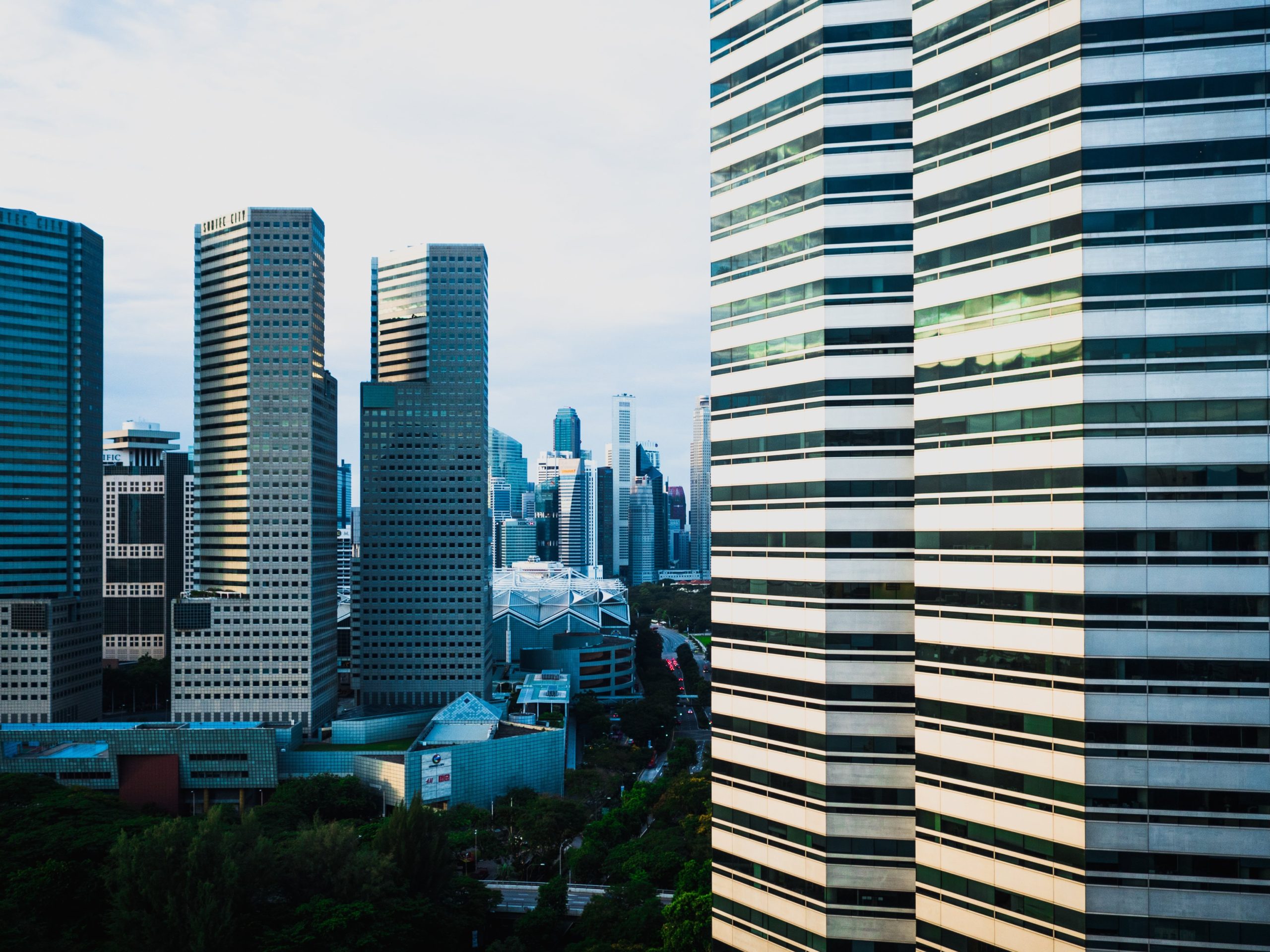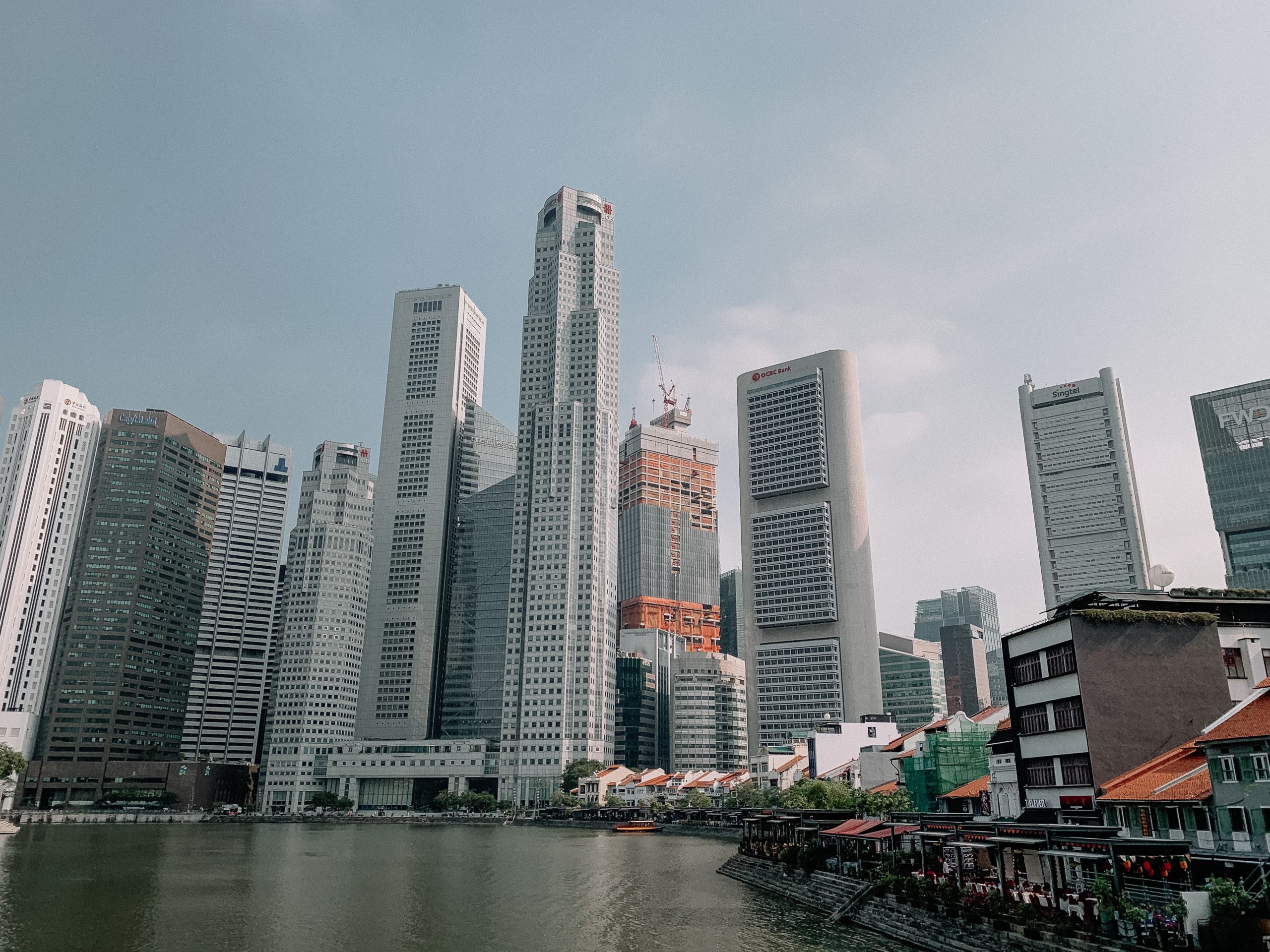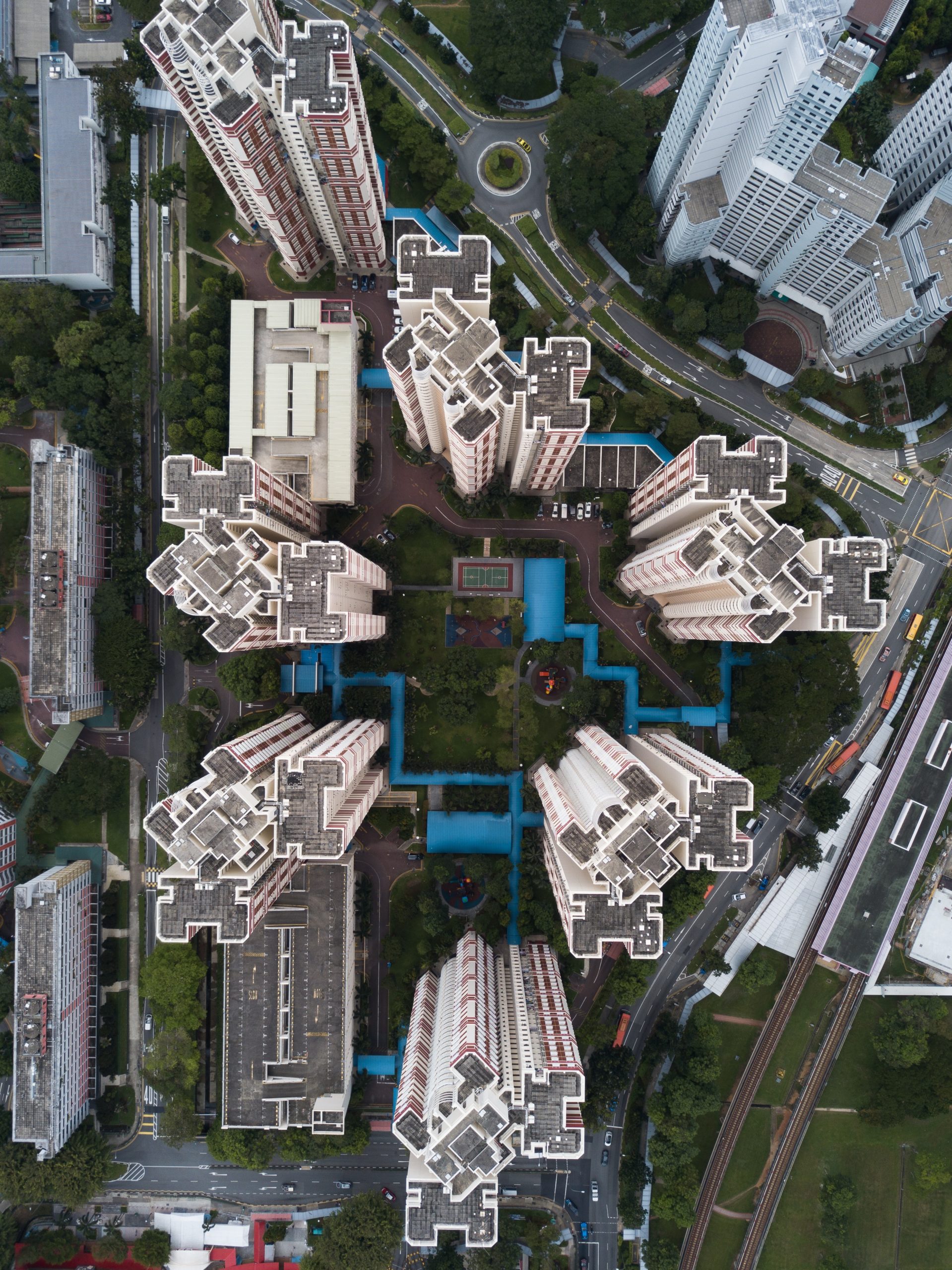Your credit score is one of the crucial factors that banks consider when deciding whether to lend you money; be it for a new credit card or a new mortgage. Basically, your creditworthiness tells lenders how likely you are to repay (or default) on your loan, helping them to assess their risks of lending you funds.
Hence, having a poor credit rating may lower your chances of getting your home loan approved. Some things that may lower your credit score include not paying your bills on time, or paying the bare minimum each month.
If you have a low credit rating but urgently need a mortgage, whether you’re going through a tough financial time, or because you have legally lost access or ownership to your current property (such as in the event of divorce) and need a new home, don’t worry. You can still do something about it.
What Is Considered A Poor Credit Score?
Your credit score is a metric that financial institutions and lenders use to gauge your ability to pay for mortgages, loans, and credit cards. In Singapore, institutions that provide credit reports, such as the Credit Bureau Singapore (CBS), curate your credit risk profile by tracking your credit history in the past 12 months. These include the amount of debt you have, your utilisation pattern, the number of your recent credit applications, your late loan payments (if any), the length of your credit history, and your available credit.
CBS will then translate your financial behaviour into a credit score that may range between 1,000 and 2,000 – with 1,000 being the lowest credit rating. For those curious to know what specifically contributes to aspects of their score, unfortunately, the exact methods and algorithms by which they calculate a credit score is kept a secret.
Note that your credit score isn’t just about your ability to pay a loan – it’s more about the reputation you have for paying loans. You may get a low credit score as a result of a history of late or missed repayments, having multiple lines of credit and credit cards, maxing out your credit card limits, having multiple loan or credit card applications in a short period of time, and having a high debt-to-income ratio, regardless of your income. We recommend that you start by checking your credit score with CBS to know where you stand.
How Does A Poor Credit Score Affect Your Mortgage Application?
The impact of a low credit score will be felt mainly if you want to get a private home loan from a bank for your property purchase. Banks usually check credit scores first before approving loan applications. If you have a low credit score, there’s a chance that you won’t receive the full loan-to-value (LTV) ratio, or worse, they may decline your application. Meanwhile, individuals with high credit scores may be eligible for greater loan amounts or more favourable terms.
On the other hand, your eligibility for a HDB mortgage is governed by the HDB Home Loan Eligibility (HLE) criteria, which does not primarily consider your credit score, but instead takes into account your income level, household characteristics and how many HDB home loans you have taken to date.
How to Reduce the Impact of a Low Credit Score
While you have no control of the lender’s decision whether to approve your mortgage or not, the amount you may be able to borrow, and any specific terms and conditions of the mortgage, you can take actions that may help reduce the impact of a low credit score to your current or future mortgage application. These include, but are not limited to, the following:
1. Use low-hanging fruit to start improving your score.
In the next couple of months, you need to focus on quick wins that can quickly show results in improving your credit score, such as:
- Settling all your credit card dues if applicable
- Avoid using your credit card until you clear your debts
- Not applying for any credit card or any type of loan for a few months
2. Avoid big purchases.
Big purchases – say, expensive appliances, luxury goods and even vacations – usually mean more debt, or at least more expenses on your end. By trying to limit your expenditure, you’re helping yourself to allocate money for your existing debt. This may also help you pay for your repayments on time, and convince the lender that you have your buying behavior under control, and have enough money to pay for your mortgage on a monthly basis.
3. Shop for the most suitable lender.
When we say “shop”, we mean to research your options and speak to as many lenders as you can. Which ones are willing to lend? Can you accept the terms they offer?
The easiest way to quickly compare the most competitive mortgages is using PropertyGuru’s home loan comparison page. If you need more assistance and/or help to approach the banks, you may also reach out to our Home Finance Advisors, who can also answer your questions and provide a personalised analysis to help you understand your best borrowing options (considering your low credit score).
4. Take a smaller loan.
Did you know that it’s possible to have a low credit score even with a comfortable cashflow and income, if you have been careless about paying your debts and bills? If you’re in such a situation but actually have some cash reserves, consider taking a smaller loan. By offering a larger cash downpayment, you may be more successful in reassuring the lender and increasing your chances of a loan approval.
Source: https://www.propertyguru.com.sg/property-guides/pgf-poor-credit-score-rating-tips-46531?utm_source=cmt_braze&utm_medium=edm&utm_campaign=sg-pg-consumer-newsletter-nlcc-enga-edm-cmt-20210507&utm_content=active—article3-btn









